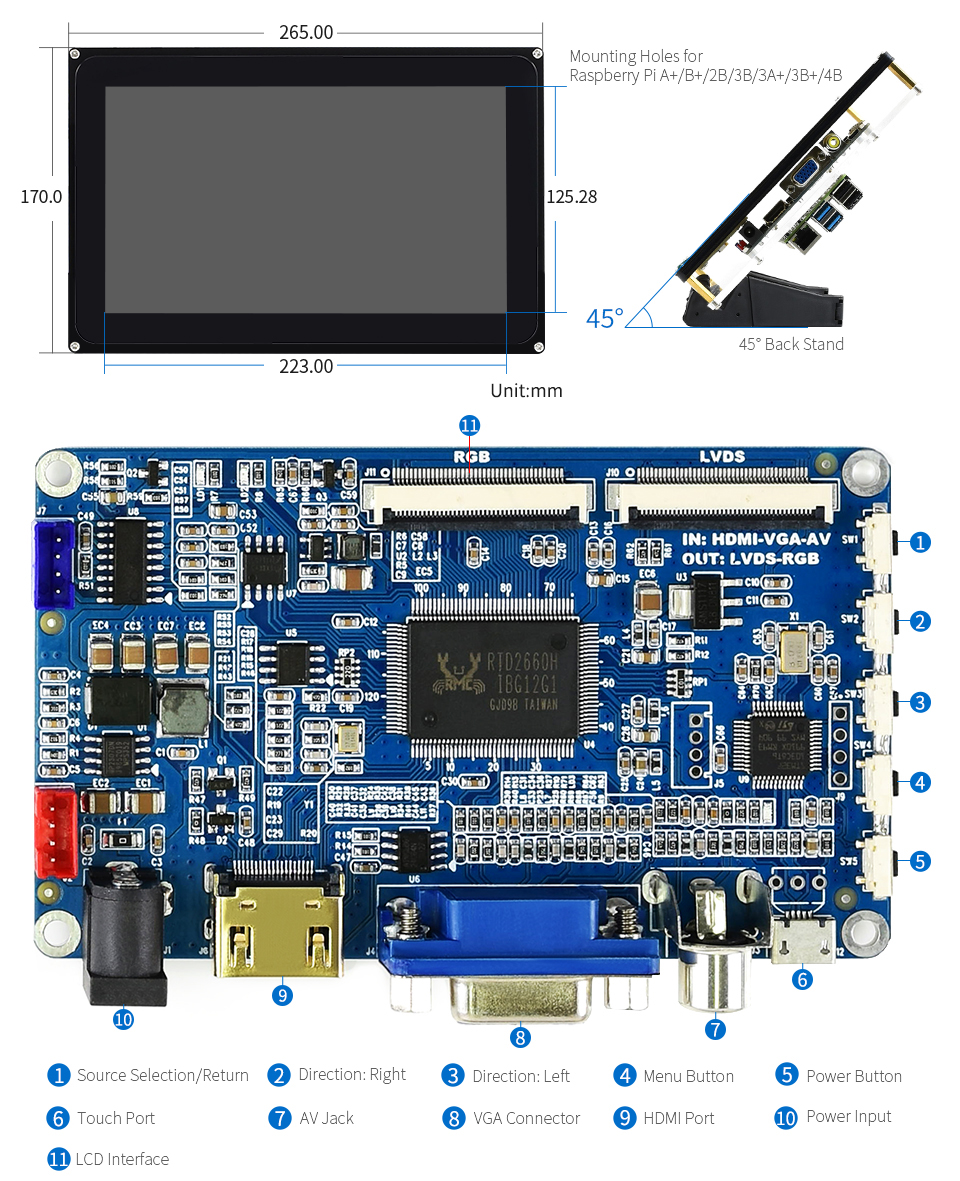
- #Capacitive sensor.h in arduino for mac how to
- #Capacitive sensor.h in arduino for mac mac os x
- #Capacitive sensor.h in arduino for mac install
- #Capacitive sensor.h in arduino for mac zip file
- #Capacitive sensor.h in arduino for mac code
#Capacitive sensor.h in arduino for mac how to
In general, to quickly learn how to use a library check out the example code. A library usually has documentation either on its site or written into readme files and example code.
#Capacitive sensor.h in arduino for mac code
You now have the Capacitive Sensor library installed! Feel free to start from the example sketch, or begin writing your own code using the functions provided by the library. Unzip it, and look at the folder contents.
#Capacitive sensor.h in arduino for mac zip file
Navigate to the library’s page and download the zip file.įind the zip file on your local computer (wherever downloaded files end up). We are going to use the Capacitive Sense library for this example. If you’re more of a text learner then check out the Arduino tutorial on installing libraries.
#Capacitive sensor.h in arduino for mac mac os x
This section covers manually installing a library under the Mac OS X environment. These sketches are wonderful resources for example code and learning how to write good code under Arduino. Make sure you have a good understanding of the following concepts before getting any further into this tutorial.Įxamples are the greatest thing about libraries! Good libraries will have well written examples showing how to use the library.
#Capacitive sensor.h in arduino for mac install
This tutorial will show you how to install a library in Arduino v1.0.5 but should apply for many past, present, and future versions of Arduino. There are thousands of libraries out there! And luckily it’s pretty easy to install them. Libraries make complex tasks easier so that we can focus on larger projects. The m圜apPad.capacitiveSensor() takes care of all the heavy lifting and the senseReading variable contains the value sensed from our capacitive pad. SenseReading = m圜apPad.capacitiveSensor(30) While ( (*rIn & rBit) & (total = CS_Timeout_Millis)Īll that code can be replaced with a much easier to use and understand statement such as: language:c *rReg |= rBit // set pin to OUTPUT - pin is now HIGH AND OUTPUT *rOut |= rBit // set receive pin HIGH - turns on pullup set receive pin HIGH briefly to charge up fully While ( !(*rIn & rBit) & (total CS_Timeout_Millis) *rReg |= rBit // set pin to OUTPUT - pin is now LOW AND OUTPUT *rOut &= ~rBit // set receivePin Register low to make sure pullups are off *rReg &= ~rBit // set receivePin to input *sOut &= ~sBit // set Send Pin Register low The CapacitiveSensor library takes care of everything so that we don’t have to write code like this: language:c We can write the code from scratch, or we can stand on the shoulders of great people who are smarter than we are.Ĭapacitive touch sensing is a very popular interface. For example, capacitive sensing takes difficult timing and pulsing of digital pins. Arduino users have written lots of exciting add-ons for Arduino.

I got some errors that I don't quite understand how to fix while attempting to verify the code.ĬapacitiveSensor rightPad = CapacitiveSensor(12,13) // 2M resistor between pins 12 & 13, pin 13 is sensor pinĬapacitiveSensor leftPad = CapacitiveSensor(12,15) // 2M resistor between pins 12 & 15, pin 15 is sensor pinĬonst int rightSensorThreshold = 450 //threshold at which to to recognize input


(I believe that it is the v 1.0, and possibly a clone). I am having some issues with the capacitive sensor library and my node MCU board.


 0 kommentar(er)
0 kommentar(er)
